-
 play_arrow
play_arrow
The CRUSADE Radio Network CRUSADE Radio Network
-
 play_arrow
play_arrow
The Church Doctrine-Episode 3-The Hichborner's Guide To The Galaxy Mike Church
-
 play_arrow
play_arrow
Audio Post Format TheKingDude
Veritas et Sapientia-Reverse The Great Faith Robbery And Restore The Roman Rite
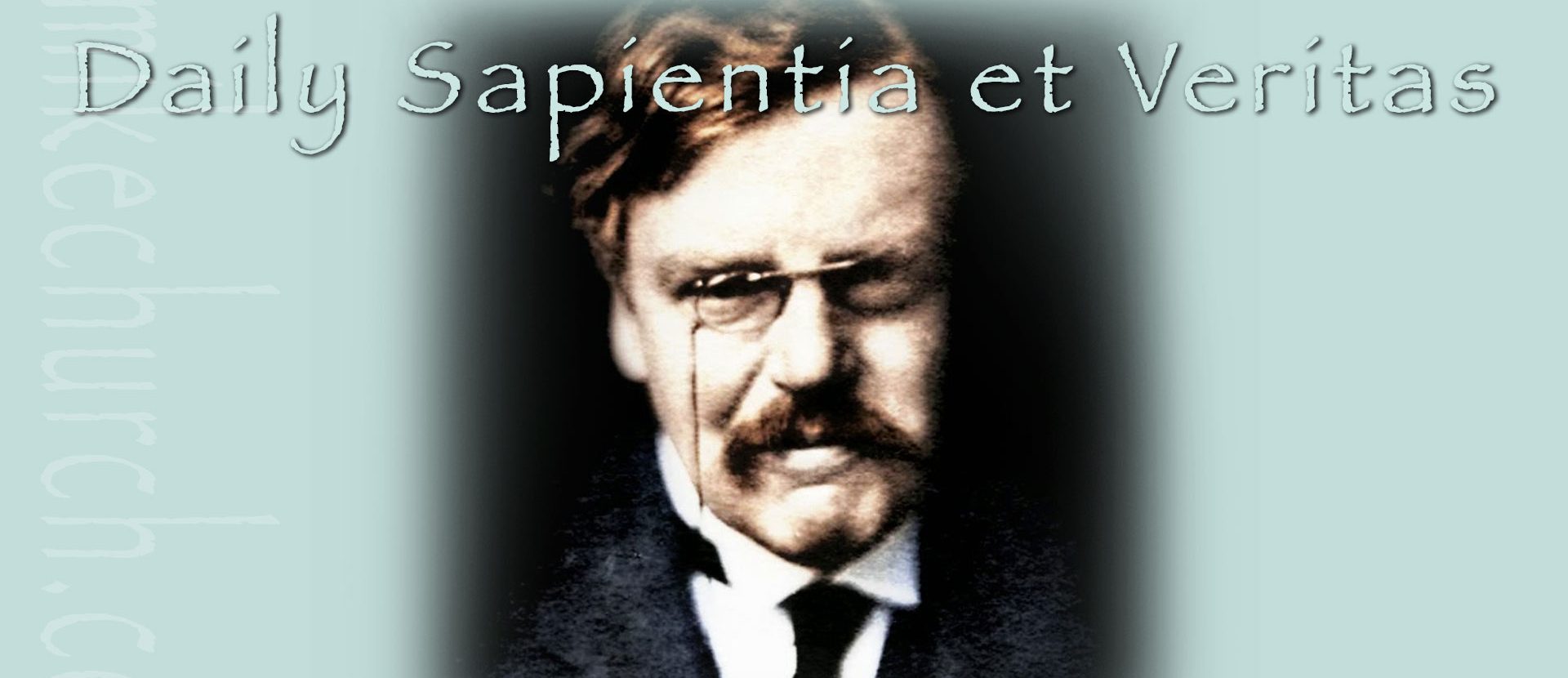
Mandeville, LA – [The following is excerpted from First Things and essayist Martin Mosebach and recalls Father Fahey’s exhortation from the late 19th century that “there is nothing more beautiful this side of heaven” than the Roman Rite. – Ed., MC] “The now decades-old movement for the restoration of the Roman Rite has been to a considerable extent a lay movement. The position of priests who support the Roman Rite was and will be strengthened by Summorum Pontificum, and hopefully the cause of the Tridentine Mass will receive further support from the eagerly awaited reconciliation of the Society of St. Pius X with the Holy See. Yet this does not change the fact that it will be the laity who will be decisive in bringing about the success of efforts to reform the reform. The laity of today differs from the laity of forty years ago. They had precise knowledge of the Roman Rite and took its loss bitterly and contested it. The young people who are turning to the Roman Rite today often did not know it as children. They are not, as Pope Francis erroneously presumes, nostalgically longing for a lost time. On the contrary, they are experiencing the Roman Rite as something new. It opens an entire world to them, the exploration of which promises to be inexhaustibly fascinating. It is true that those who discover the Roman Rite today and relish its formal exactness and rigorous orthodoxy are naturally an elite group, yet not in a social sense. Theirs is a higher mystical receptivity and an aesthetic sensitivity to the difference between truth and falsehood. As Johan Huizinga, author of The Waning of the Middle Ages, established nearly a century ago, there exists a close connection between orthodoxy and an appreciation of style.
The vast majority of the faithful have in the meantime never known anything else but the revised Mass in its countless manifestations. They have lost any sense of the spiritual wealth of the Church and in many cases simply are not capable of following the old rite. They should not be criticized on account of this. The Tridentine Mass demands a lifetime of education, and the post-conciliar age is characterized, among other things, by the widespread abandonment of religious instruction. The Catholic religion with its high number of believers has actually become the most unknown religion in the world, especially to its own adherents. While there are many Catholics who feel repelled and offended by the superficiality of the new rite as it is frequently celebrated today, by the odious music, the puritanical kitsch, the trivialization of dogma, and the profane character of new church buildings, the gap that has opened up in the forty years between the traditional rite and the new Mass is very deep, often unbridgeable. The challenge becomes more difficult because one of the peculiarities of the old rite is that it makes itself accessible only slowly—unless the uninitiated newcomer to this ancient pattern of worship is a religious genius. One has never “learned everything there is to learn” about the Roman Rite, because in its very origin and essence this enduring and truly extraordinary form is hermetic, presupposing arcane discipline and rigorous initiation.” Martin Mosebach, Return to Form at First Things.
Written by: TheKingDude
frist things Latin Mass Martin Mosebach roman rite
Similar posts
Featured post

Latest posts

Parrott Talk-The Intellectual Giants Are More Like Second Graders
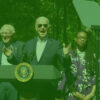
The Mike Church Show-The Deep State Tightens Its Grip As The Window To Secede Closes!

Sacrilege! Biden Signs Himself While Promoting Abortion!

Parrott Talk-Hey Pro-Lifers! The War For The Unborn Is Not Over

Wednesday Pile of Prep – Sacrilege! Biden “Signs” Himself While Preying Upon Babies To Kill
Current show
Upcoming shows
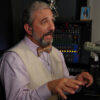
Mike Church West Coast Replay
Same Awesome Show For West Coast Morning Drive
9:00 am - 12:00 pm
Mike Church Stolen Election Chronicles
The Year That Was Anno Domini MMXXI
12:00 pm - 3:00 pm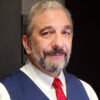
Mike Church Show Afternoon Replay
If You Missed The Live! Morning Drive Version
5:00 pm - 8:00 pmMike Church Show Weekend Best Of
12:00 am - 11:59 pm
Condimentum Elit
11:40 pm - 11:55 pm
Chart
HERE IT GOES YOUR COPYRIGHT TEXT. CAN ALSO CONTAIN LINKS LIKE THIS



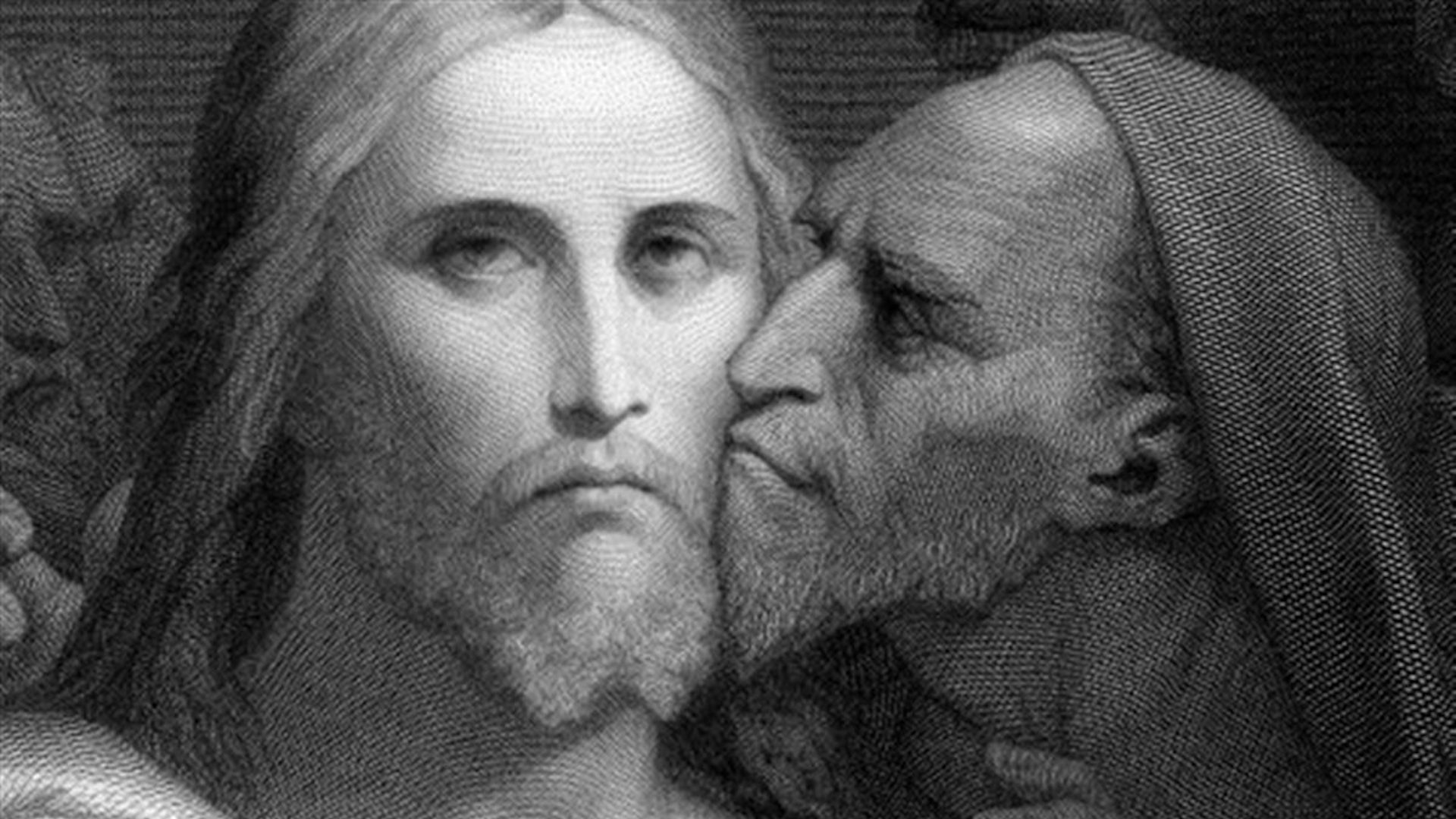
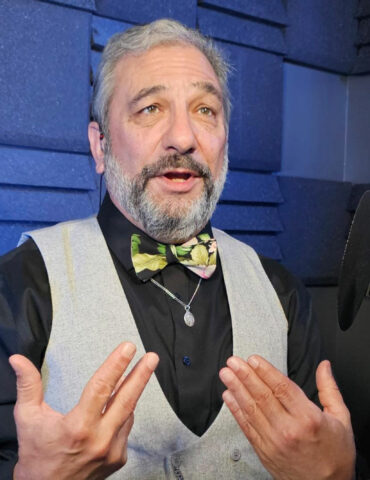
Post comments (0)